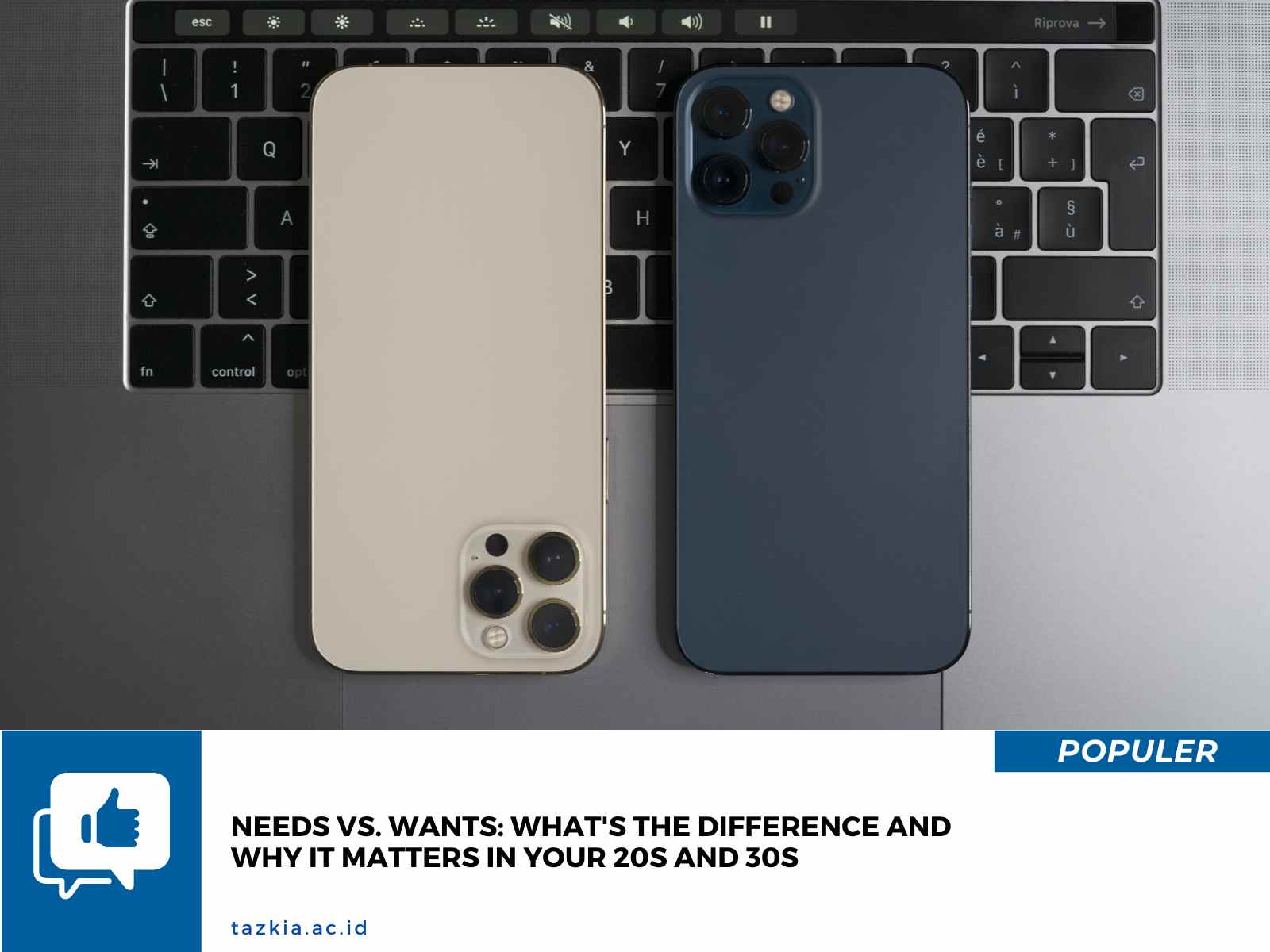What Exactly Are Needs?
Think of needs as the absolute essentials for survival and basic functioning. These are the things you genuinely cannot live without. If you don't have them, your health, safety, and ability to participate in society are significantly compromised.
Key characteristics of needs:
- Essential for survival: Without them, you can't live a healthy life.
- Relatively constant: Your basic needs generally don't change drastically over time.
- Universal: Most people share the same fundamental needs.
Examples of Needs for 20-30 Year Olds:
- Housing: A safe place to live, whether it's rent for an apartment or mortgage payments.
- Food: Nutritious groceries to maintain your health and energy.
- Basic Clothing: Appropriate attire for work, daily life, and different weather conditions.
- Healthcare: Access to medical care, health insurance, and necessary medications.
- Transportation (to work/essentials): A reliable way to get to your job and access essential services. This could be public transport, fuel for a car, or basic vehicle maintenance.
- Utilities: Electricity, water, and heating/cooling.
- Basic Communication: A phone and internet access, especially if required for work or education.
- Debt Repayment (essential): Minimum payments on crucial debts like student loans or essential credit.
What Exactly Are Wants?
Wants, on the other hand, are things that are nice to have. They can improve your quality of life, provide enjoyment, or make things more convenient, but they are not essential for your survival. You could live without them, even if it means a less luxurious or exciting lifestyle.
Key characteristics of wants:
- Non-essential: You can survive and function without them.
- Can change frequently: Your desires might shift with trends, income changes, or new interests.
- Highly individual: What one person wants, another might not care for.
Examples of Wants for 20-30 Year Olds:
- Latest Gadgets: The newest smartphone, a high-end gaming console, or expensive headphones.
- Designer Clothing & Accessories: Branded apparel, luxury bags, or expensive jewelry.
- Dining Out & Takeaways: Frequent meals at restaurants, daily gourmet coffee, or regular food delivery services.
- Entertainment & Leisure: Concert tickets, movie subscriptions, expensive hobbies, club memberships.
- Travel & Vacations: Exotic holidays or frequent weekend getaways.
- Upgraded Car: A luxury vehicle when a more basic, reliable car would suffice.
- Gym Memberships (if alternatives exist): While exercise is a need, a high-end gym membership can be a want if cheaper or free alternatives are available.
- Subscription Services (non-essential): Multiple streaming services, beauty boxes, or niche magazine subscriptions.
Why is Understanding the Difference So Important in Your 20s and 30s?
Making this distinction is a cornerstone of financial literacy and responsible adulthood. Here’s why it’s particularly vital during these formative years:
- Effective Budgeting: When you know what's a need and what's a want, you can create a realistic budget. This means allocating your income to cover your essential needs first, before spending on discretionary wants. This helps prevent overspending and financial stress.
- Achieving Long-Term Financial Goals: Your 20s and 30s are prime time for setting and working towards significant financial milestones like saving for a down payment on a house, paying off student loans, building an emergency fund, or starting to invest for retirement. Prioritizing needs frees up resources that can be channeled towards these important goals.
- Avoiding Debt: Confusing wants for needs can easily lead to unnecessary debt. That daily fancy coffee or the latest fashion item might seem small, but they add up. Understanding that these are wants can help you make conscious spending decisions and avoid relying on credit cards for non-essentials.
- Making Conscious Spending Choices: It’s not about depriving yourself of everything you want. Instead, it’s about making informed decisions. Once your needs are met and you have a clear financial plan, you can strategically incorporate wants that genuinely add value to your life without derailing your financial stability.
- Building Financial Discipline: Regularly assessing whether a purchase is a need or a want cultivates financial discipline. This is a valuable skill that will benefit you throughout your life.
The "Grey Area": When Needs and Wants Overlap
Sometimes, the line between a need and a want can be blurry. For example:
- Food: You need food to survive. But do you need to eat at an expensive restaurant every night? That’s where the need (sustenance) can morph into a want (a luxury dining experience).
- Clothing: You need clothes. But do you need designer labels or a closet overflowing with outfits? Basic, functional clothing is a need; an extensive, high-fashion wardrobe is a want.
- Transportation: You might need a car to get to work if public transport isn't viable. However, choosing a brand-new, top-of-the-line SUV when a reliable used car would do the job turns part of that purchase into a want.
In these situations, it's helpful to ask yourself: "Is this the most cost-effective way to meet my basic requirement, or am I paying extra for features, convenience, or status that aren't strictly necessary?"
Tips for Prioritizing Needs Over Wants:
- Create a Detailed Budget: Track your income and expenses. Categorize your spending into needs and wants.
- The 50/30/20 Rule: Consider allocating 50% of your income to needs, 30% to wants, and 20% to savings and debt repayment. Adjust these percentages based on your individual circumstances.
- Identify Your Financial Goals: Knowing what you're saving for can make it easier to say "no" to immediate wants.
- Practice Delayed Gratification: Before making a non-essential purchase, wait a few days or even a week. You might find the urge to buy it passes.
- Ask "Why?": Before buying something, especially a pricier item, ask yourself why you want it. Is it a genuine need, or is it influenced by advertising, peer pressure, or emotional spending?
- Look for Cost-Effective Alternatives: Can you meet a need or enjoy a want for less money? (e.g., cooking at home vs. eating out, borrowing a book from the library vs. buying it).
By consistently distinguishing between your needs and wants, you empower yourself to make smarter financial decisions, reduce stress, and build a solid foundation for the future you envision. It's a simple concept with a powerful impact on your journey through your 20s, 30s, and beyond.


